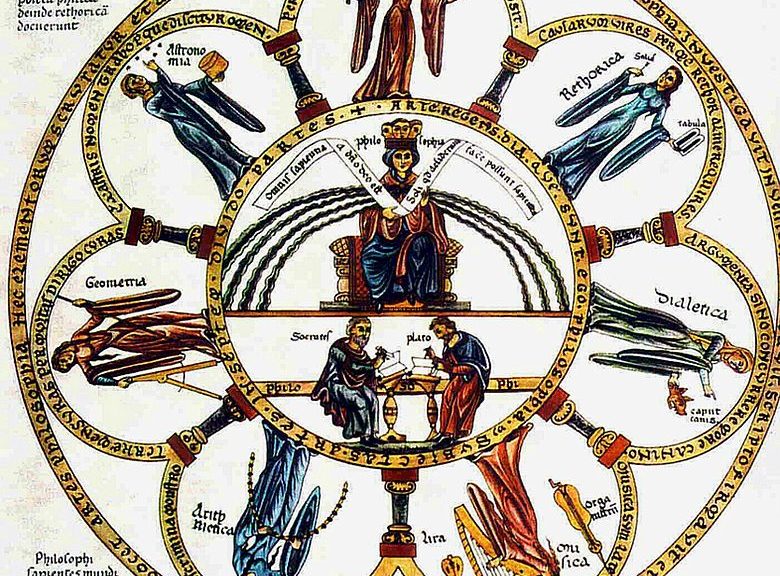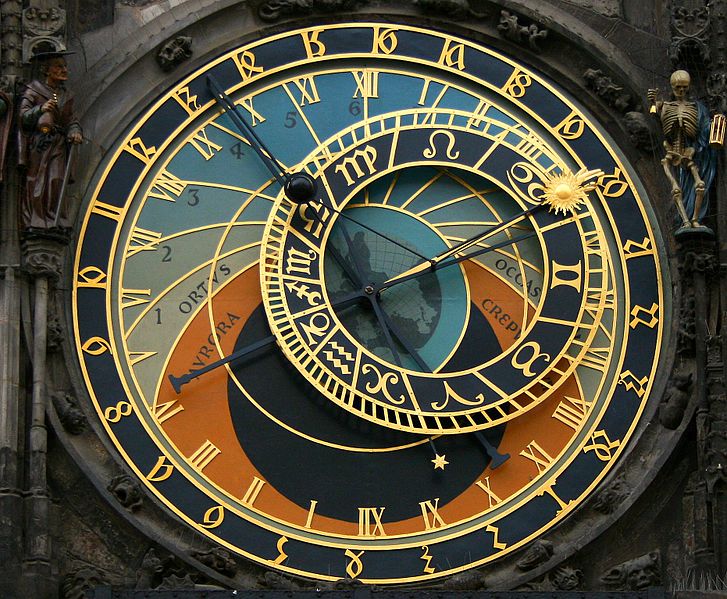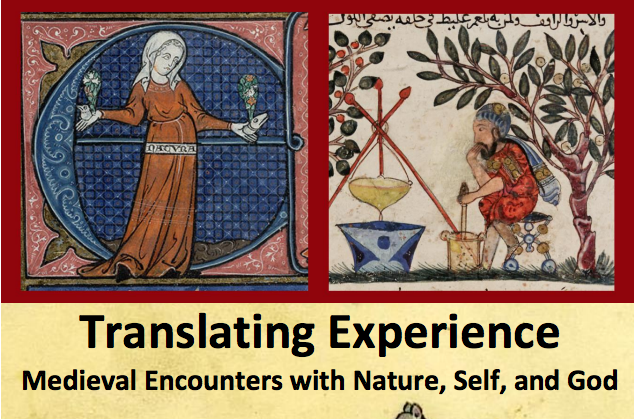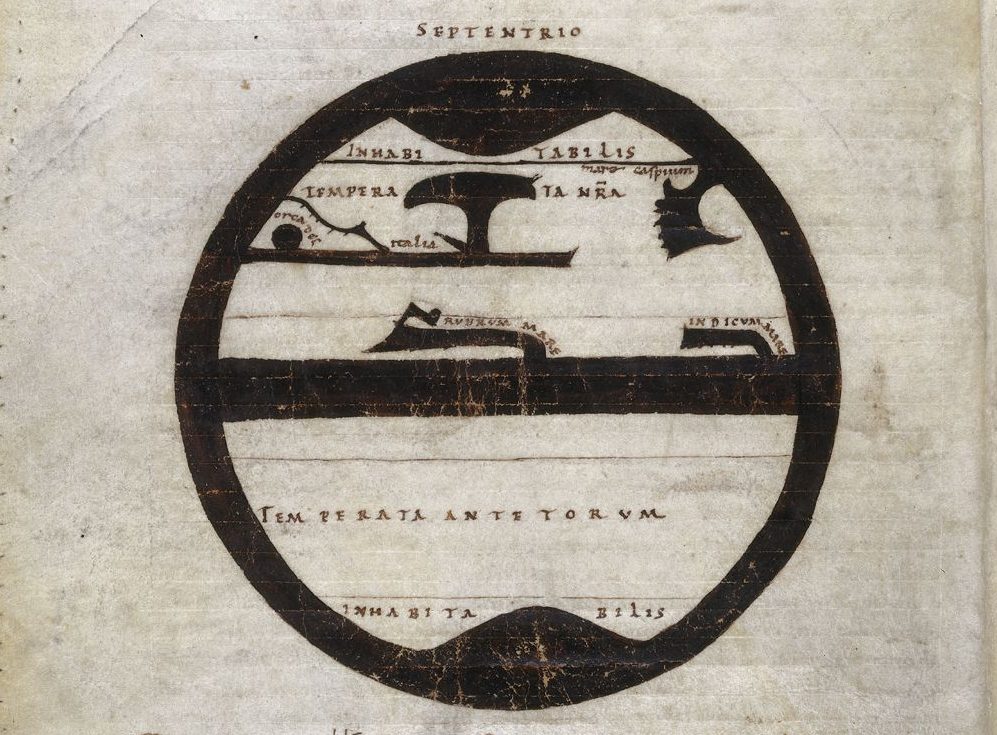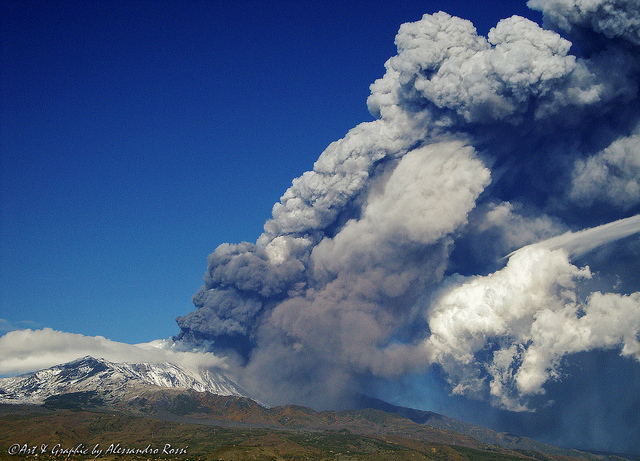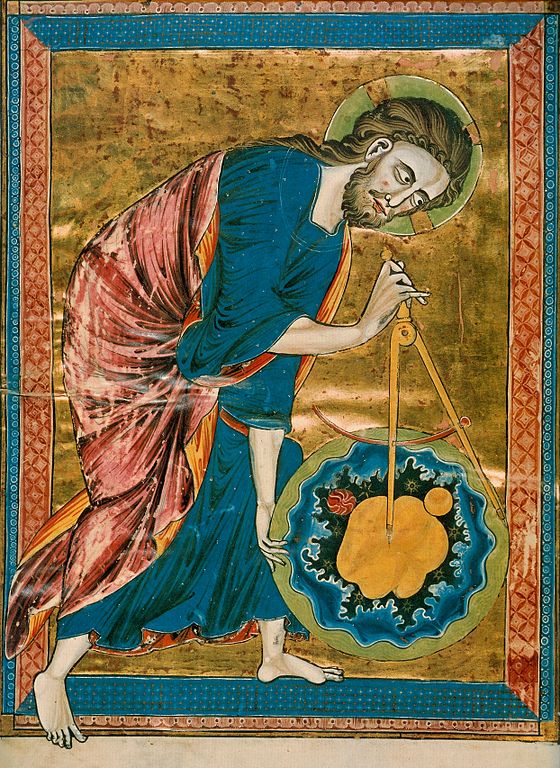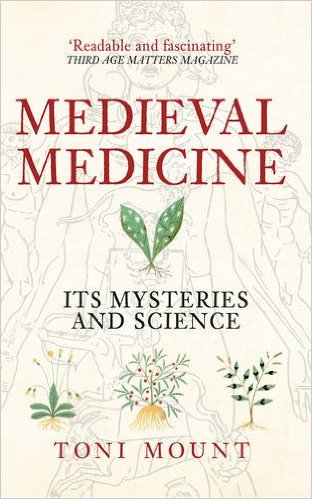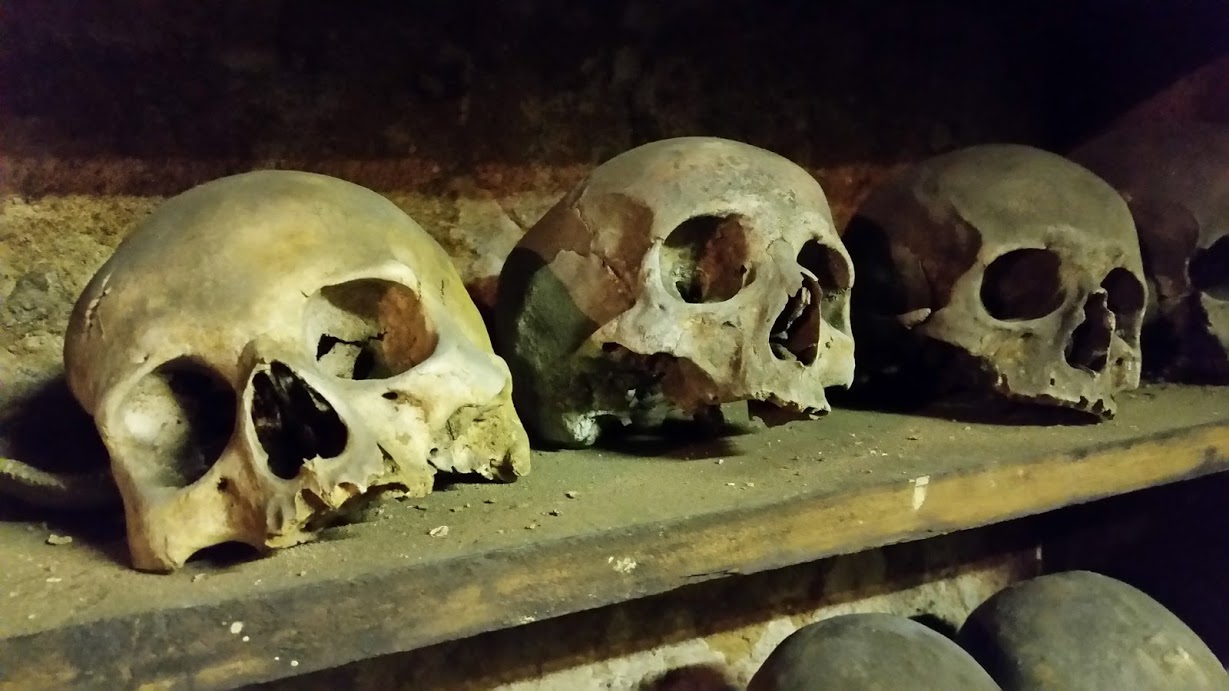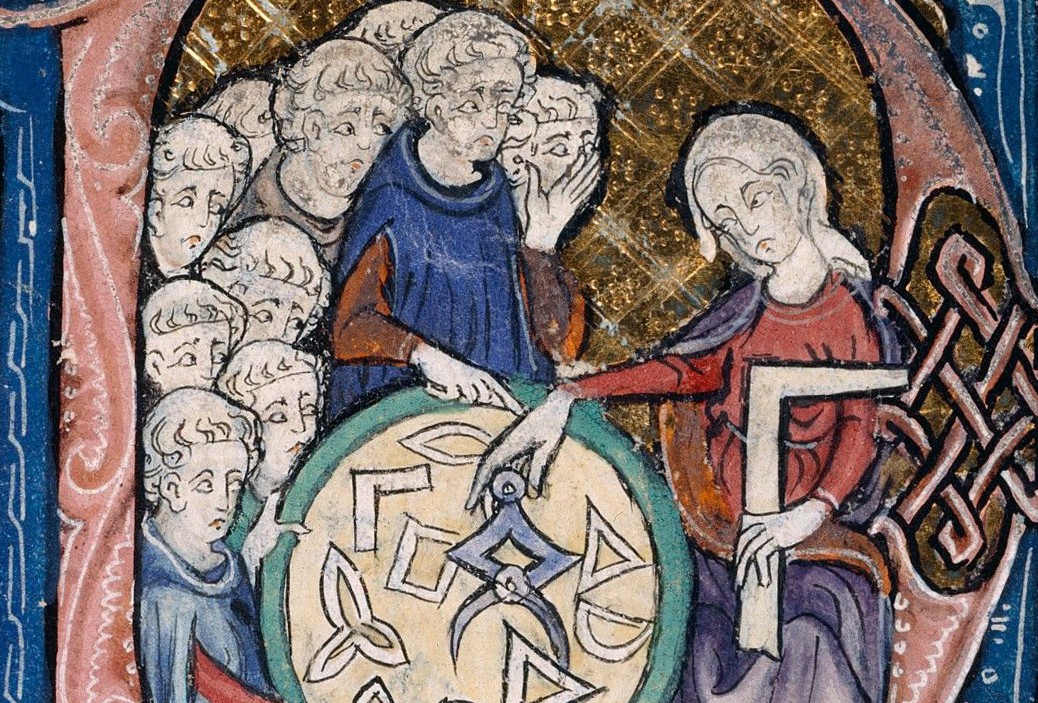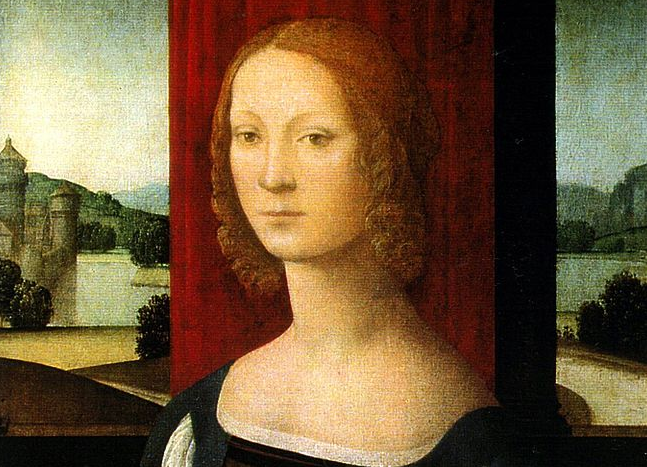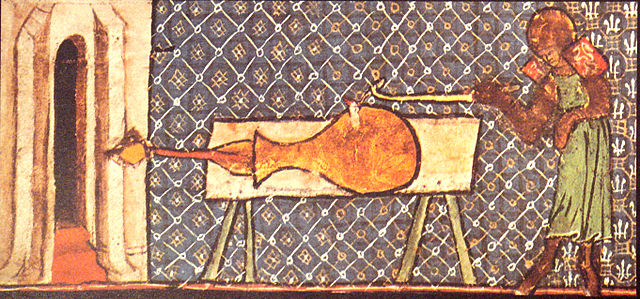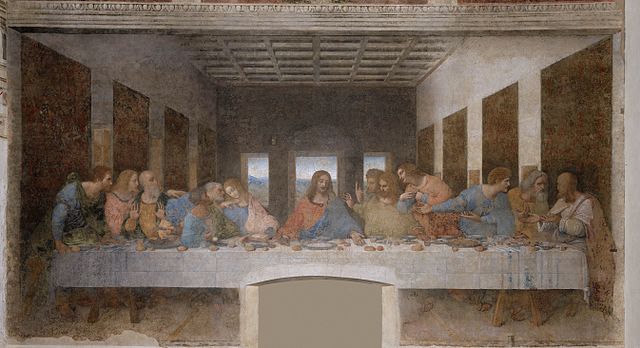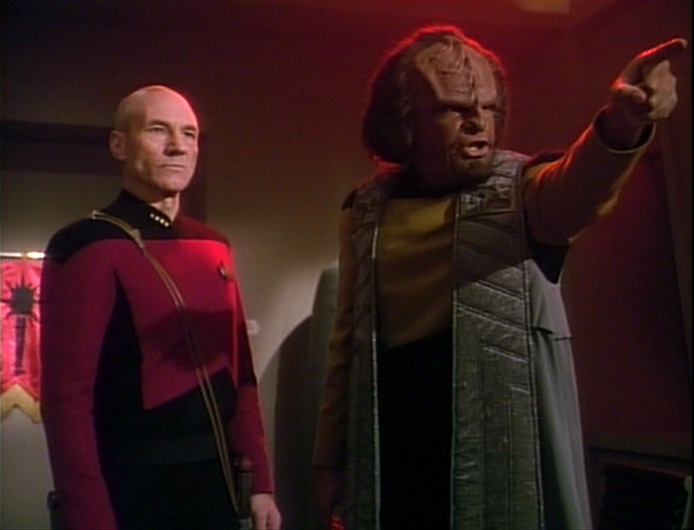Medieval Inventions
Many people seem to have the misguided idea that the medieval era was a time in which science and technology were all but forgotten. For the 75th episode of the podcast, Danièle talks with Peter Konieczny about ten medieval inventions that changed the world.
Creative Geometries: Hooking Up Data in the Middle Ages
In this lecture I will explore the close relationships in medieval creative practices among geometric shapes and the human ability to craft original works.
Medieval Manuscripts: Splendor Solis
If you ever wondered how to transform metals into gold, this is the manuscript for you. Splendor Solis takes us into the world of 16th-century alchemy, and does so with a series of magnificent full-page miniatures abounding with mysterious symbols.
Astronomical and Atmospheric Observations in the Anglo-Saxon Chronicle and in Bede
Chronicles and narrative histories of the Early Middle Ages contain a number of entries relating to astronomical events and atmospheric phenomena.
Science and the Future of the Human Past
Michael McCormick discusses how we can discover our ancestors and their lived experience, their successes and failures, and invent a new discipline, the Science of the Human Past.
The role of the mechanical clock in medieval science
What is a mechanical clock? The answer to this question depends on whom you ask. Today, most people consider it a time-telling instrument.
The Light of Nature? No ‘Experience’ in the Middle Ages!
When we think of the concept of experience, we would most likely not be thinking of the Middle Ages.
Six Science Questions – Answers from the Sixth Century
Even in the Early Middle Ages people were asking scientific questions about their world. Here are six of these questions, and the answers that were provided by a Byzantine philosopher in the year 531.
Medieval Big Bang Theory: An Interdisciplinary Tale
In his De luce (on light) he extends it to the origin of the Universe in what has been referred to as the ‘Medieval Big Bang’.
What is a Volcano? A Medieval Answer
Volcanoes have long fascinated people. They have know how dangerous they can be, but throughout history many have tried to figure what causes them. Here is the explanation given by the medieval scholar Albert the Great.
Science and Nature in the Medieval Ecological Imagination
This dissertation explores the intersections between nature and culture in medieval literature and art with particular focus on Geoffrey Chaucer’s House of Fame, the thirteenth-century French Bible Moralisée, and William Langland’s Piers Plowman.
BOOK REVIEW: Medieval Medicine: Its Mysteries and Science by Toni Mount
Our review of Toni Mount’s fascinating look at medicine in the Middle Ages in – Medieval Medicine: Its Mysteries and Science by Toni Mount.
The Dead in 3D: The Rothwell Charnel Chapel Project Online!
In the past seven months, the Rothwell Charnel Chapel Project has evolved to become more than just a research and preservation project, but has morphed into a virtual exhibit, and fascinating online learning resource that will be available globally.
Science and Religion in the Middle Ages
Why did science and natural philosophy suffer such disparate fates in the two great civilizations of Christendom and Islam?
Chinese translation of De re metallica discovered
Scholars from the University of Tübingen have discovered a 17th century Chinese translation of large parts of De re metallica or On the Nature of Metals, a mining handbook written by Georgius Agricola in 1556.
Maria the Prophetess: Mother of Alchemy
One of the first female scientists, Maria, the Jewess also referred to as Maria the Prophetissa and Maria, Sister of Moses, whose inventions and designs of equipment are used in laboratories today.
Medieval Studies and STEM
Here are 15 ways that medieval studies and STEM are working together.
Caterina Sforza’s Experiments with Alchemy
She collected over four hundred alchemical, medicinal, and cosmetic recipes, and corresponded with other alchemical adepts about materials and laboratory techniques.
Ibn Al-Haytham’s Contributions to Optics and Renaissance Art
I am going to talk about the science of optics, the history of western art, and the influence of Ibn Al-Haytham.
The Astrolabe: Medieval Multi-Tool of Navigation
They were the Swiss Army knife of medieval travelers.
Saltpetre in medieval gunpowder: Calcium or Potassium Nitrate?
Until recently, it has been accepted that the formulation of gunpowder has always been based on variable mixtures of charcoal, sulphur and potassium nitrate. This has recently been challenged.
A Portal to the Universe: The Astrolabe as a Site of Exchange in Medieval and Early Modern Knowledge
This essay analyzes the astrolabe and its ability to transfer ideas and culture across traditional geographic boundaries, from the perspective of Europe in the Medieval and Early Modern eras.
Leonardo da Vinci’s Study of Light and Optics: A Synthesis of Fields in The Last Supper
Leonardo da Vinci’s preoccupation with the natural world led him to the fields of optics and astronomy.
Assessment of early-modern observations of comets and supernovae: Focus on pre-telescopic European astrometric and physical data
It will be worth while in this investigation to inquire whether comets have the same nature as the planets and stars … A comet seems to have certain things in common with them: rising and setting, the same appearance, although a comet is scattered and extends farther. It is also fiery and bright. And so, if all planets are earthy bodies, comets will also have the same condition. ~ Seneca
High-Tech Feudalism: Warrior Culture and Science Fiction TV
“Richard ΠΙ with aliens” is how Cornell (102) describes “Sins of the Father,” an episode of Star Trek: TheNext Generation (hereafter TNG) in which the Klingon warrior Worf, son of Mogh, seeks to restore his family’s honour by exposing and challenging those responsible for falsely accusing his dead father of treason to the Klingon Empire.

